Anishinaabe artist Norval Morrisseau (1931–2007) painted the manitou, or spirit-being, Micipijiu more than once, especially during the 1960s and 1970s. In Anishinaabe culture, Micipijiu, sometimes described as a horned water lynx, expresses the duality of good and evil. Literary theorist Victoria Brehm argues that this powerful water spirit underwent a metamorphosis after the period of European contact, a result of Western influence on the Anishinaabe worldview: once a figure that enhanced social cohesion, Micipijiu came to be seen as an evil figure.
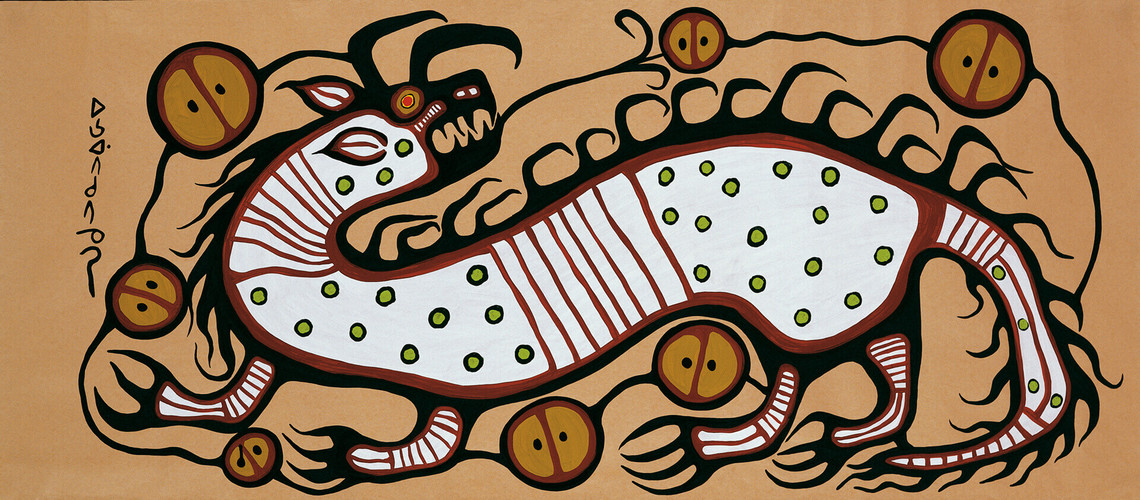
Norval Morrisseau, Water Spirit, 1972
Acrylic on brown kraft paper, 81 x 183 cm, Canadian Museum of History, Gatineau, QC
The forceful image we see here dominates the otherwise blank field and demonstrates the complexities of Morrisseau’s assured artistic practice. Pictographs of Micipijiu have been found at the ancient Agawa rock art site on Lake Superior in northwestern Ontario, and Morrisseau paints this Micipijiu in an earth-tone palette that recalls Anishinaabe rock art and and incised birckbark representations. Yet the work, by its scale, themes, and visual language, remains wholly contemporary. Strong lines define the image, and the interior segmentation of the figure’s body illustrates an incarnation of spiritual and physical power. The circular forms that surround the water spirit represent its dualities (good and evil) and symbolize the megis, the cowrie shell that gives balance in life to the Anishinaabe. The undulating being signifies the turbulent waters of northwestern Ontario lakes, but also tells of the rocky times Morrisseau faced in the ten years after the success of his 1962 debut art exhibition.
This Spotlight is excerpted from Norval Morrisseau: Life & Work by Carmen Roberston.
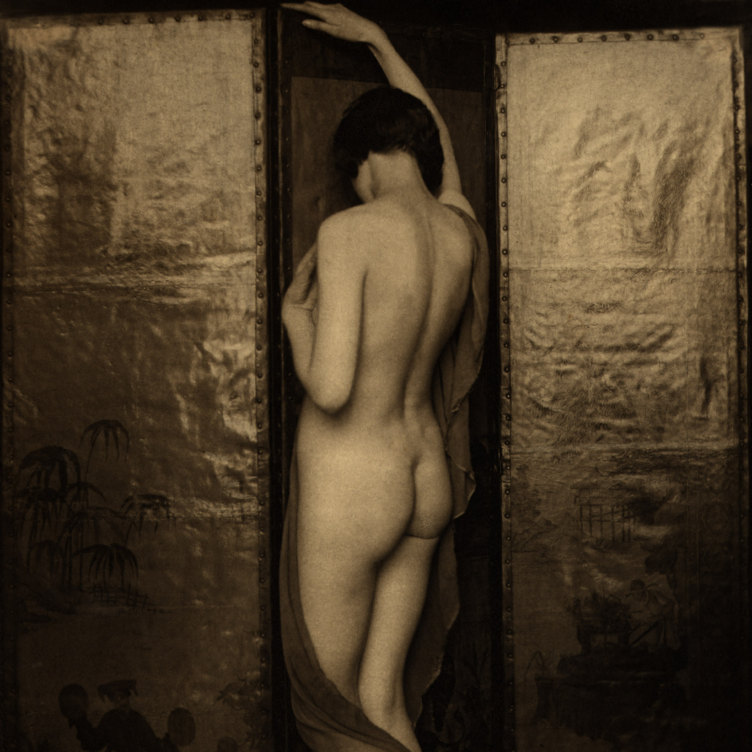 The Art of the Body
The Art of the Body
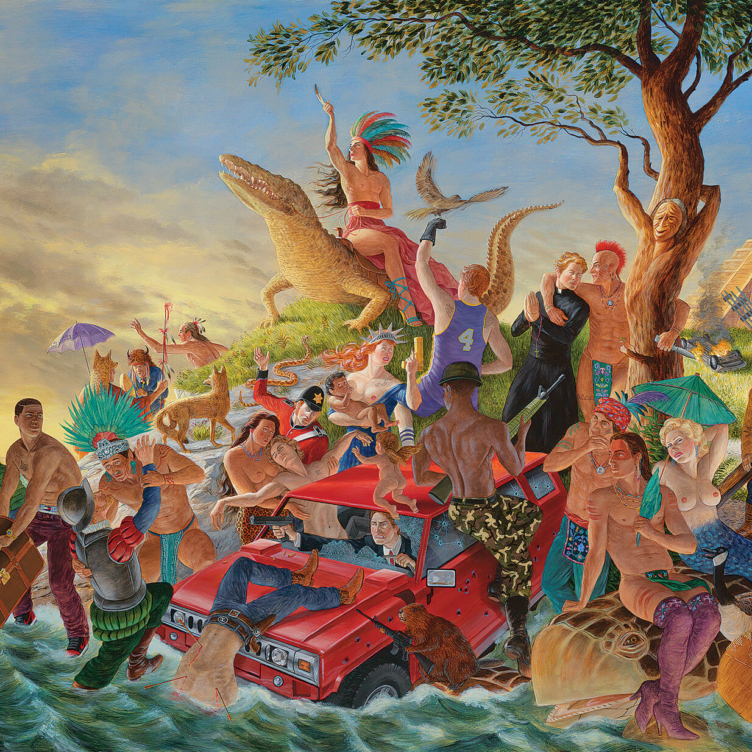 Rococo Riff
Rococo Riff
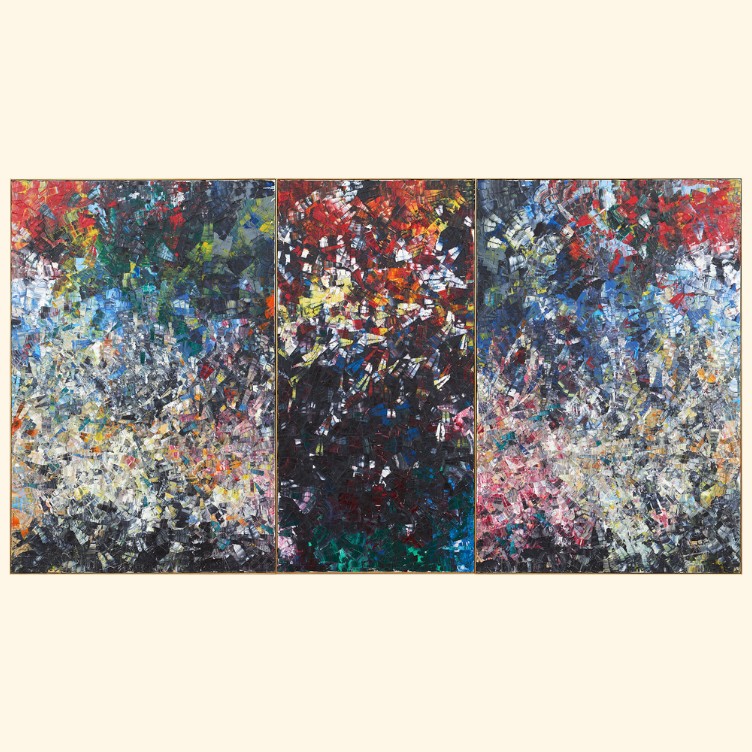 In Memory of Monet
In Memory of Monet
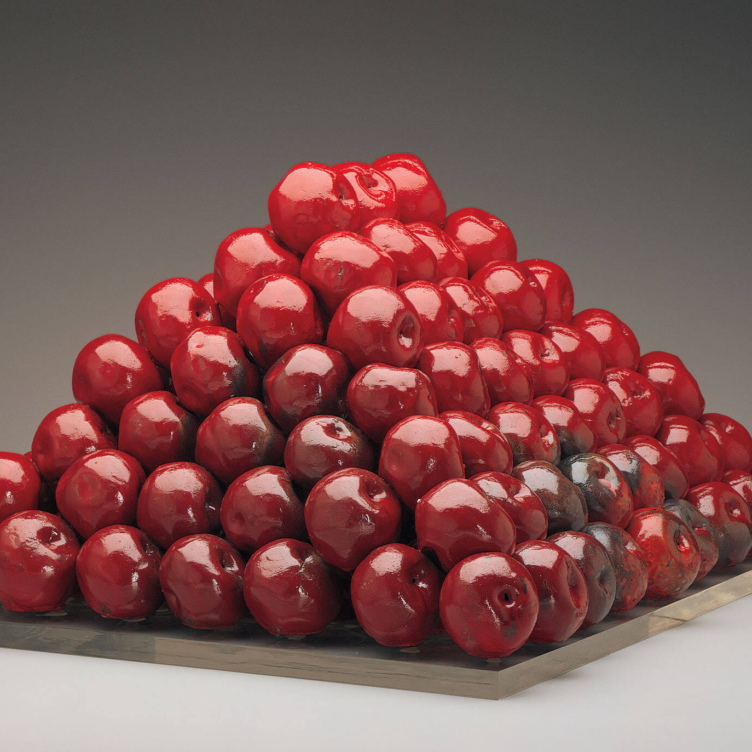 Pyramid Scheme
Pyramid Scheme
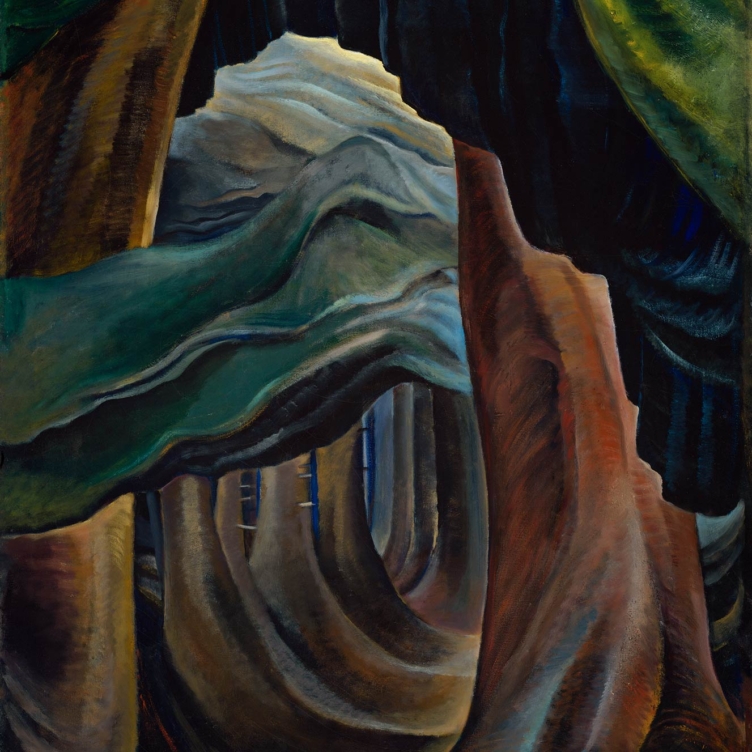 Transportive Trunks
Transportive Trunks
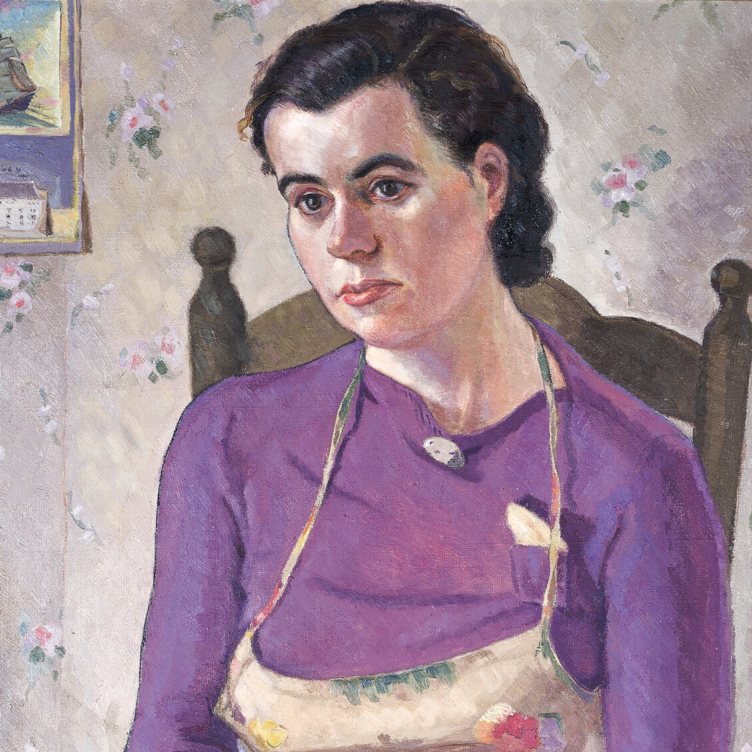 The Military Mate
The Military Mate
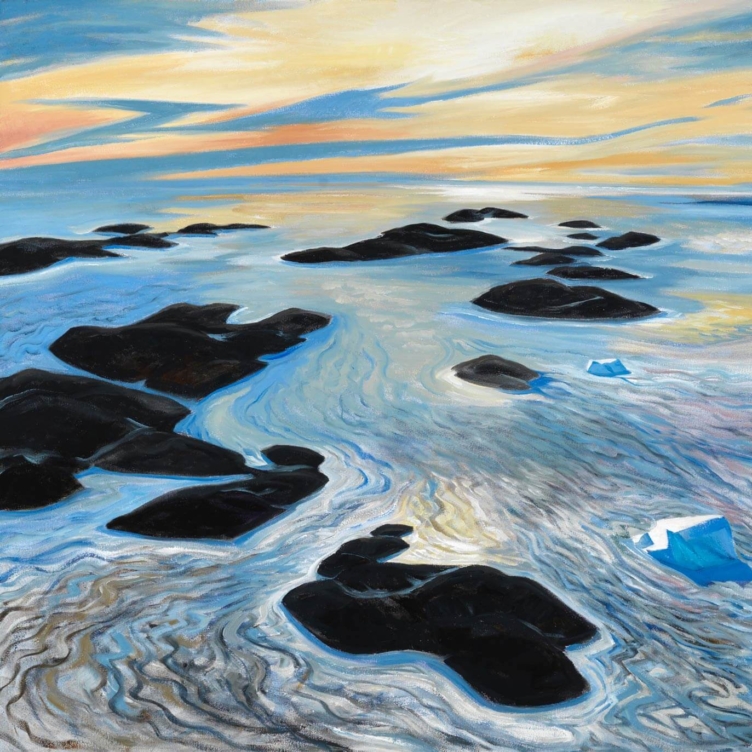 Looking Up on the World
Looking Up on the World
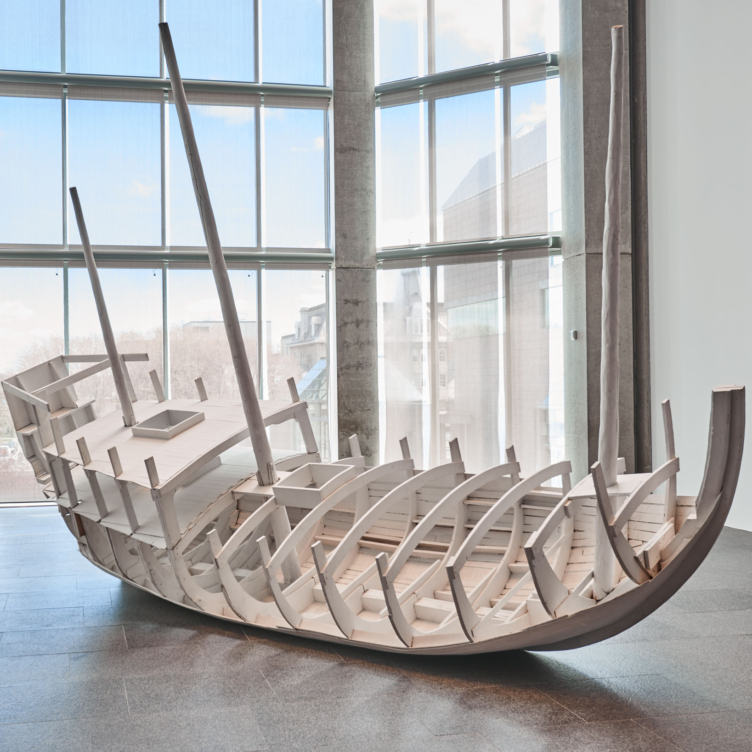 Vessel of Despair
Vessel of Despair
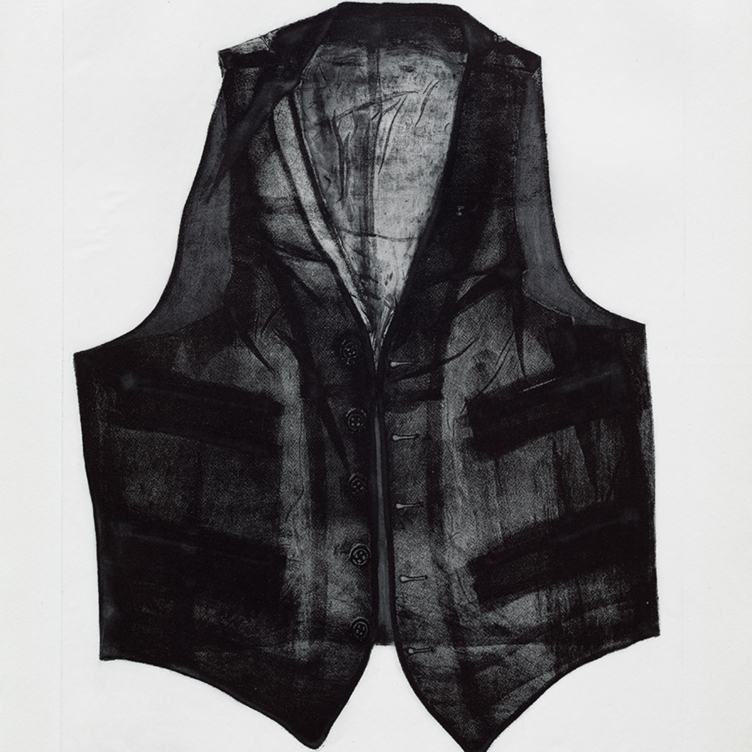 Layers of Meaning
Layers of Meaning
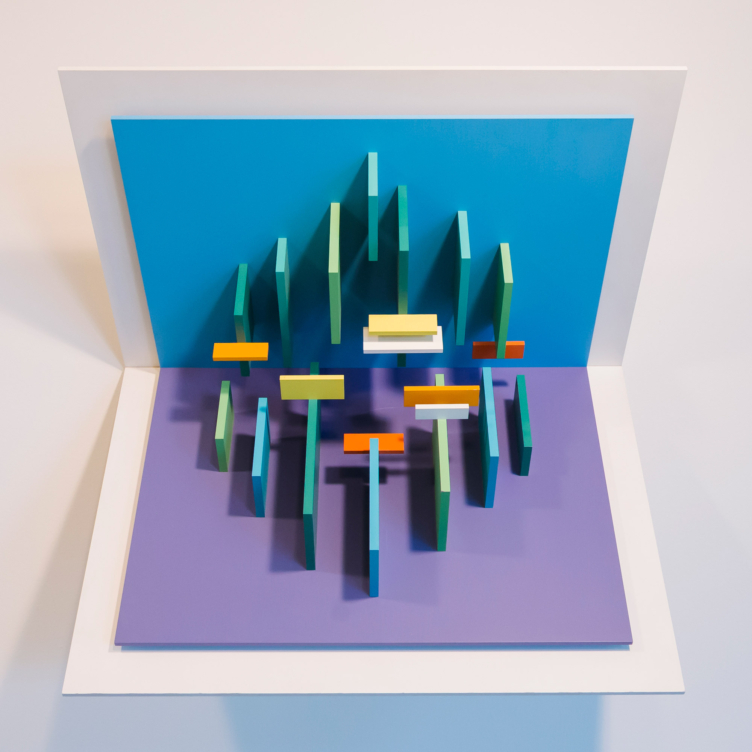 In Parallel to Nature
In Parallel to Nature
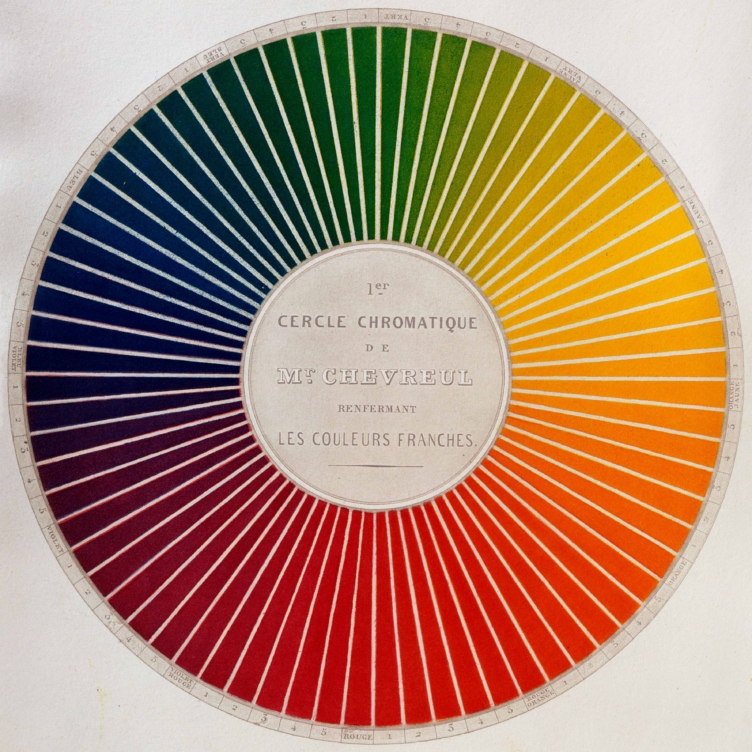 Wheel of Fortune
Wheel of Fortune
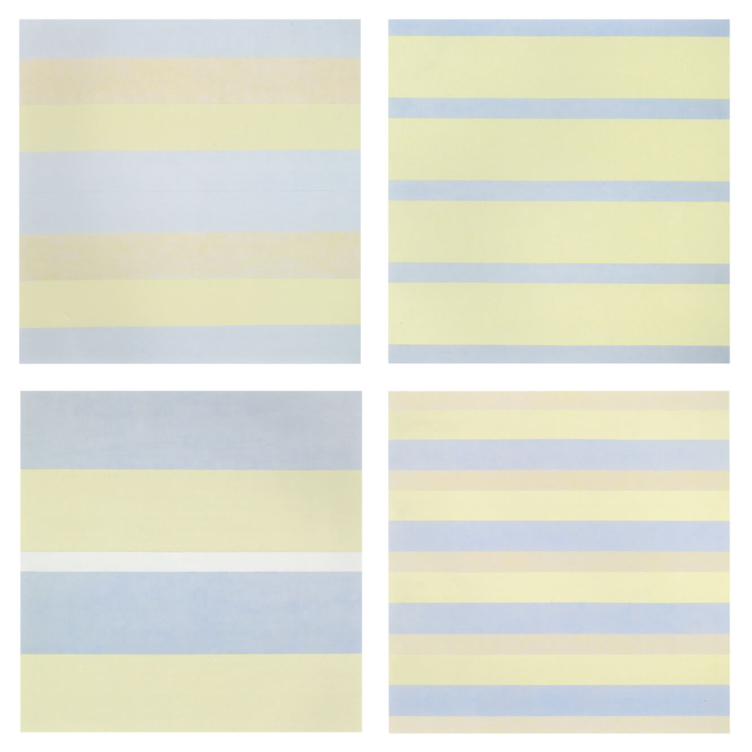 Paintings after emotional states
Paintings after emotional states
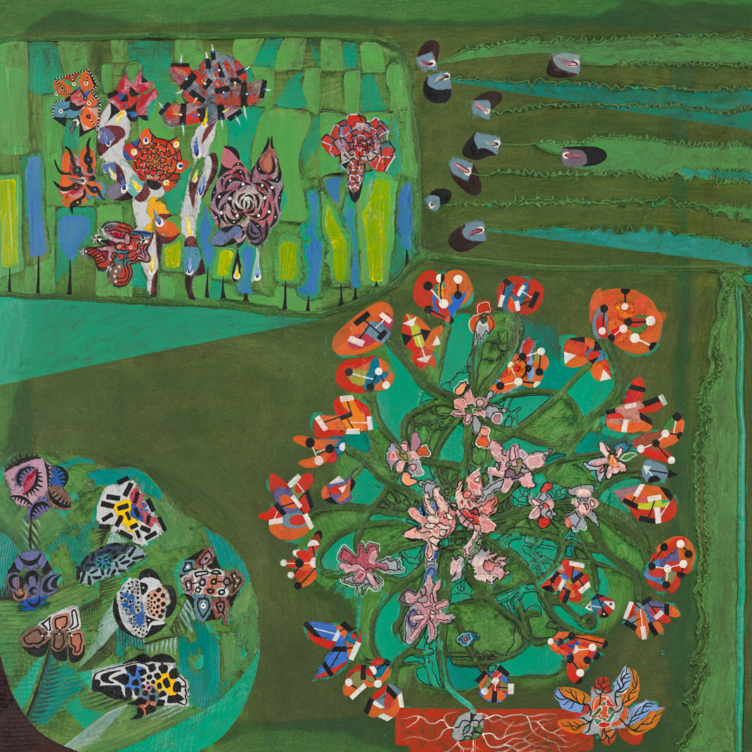 Garden of Delight
Garden of Delight
 Stitching the Archives
Stitching the Archives
 A Working-Class Hero
A Working-Class Hero
 Imagining Entangled Futures
Imagining Entangled Futures
 Bridging Far and Near
Bridging Far and Near
 Soft Power
Soft Power
 Imagining Emancipation
Imagining Emancipation
 A Priceless Portrait
A Priceless Portrait